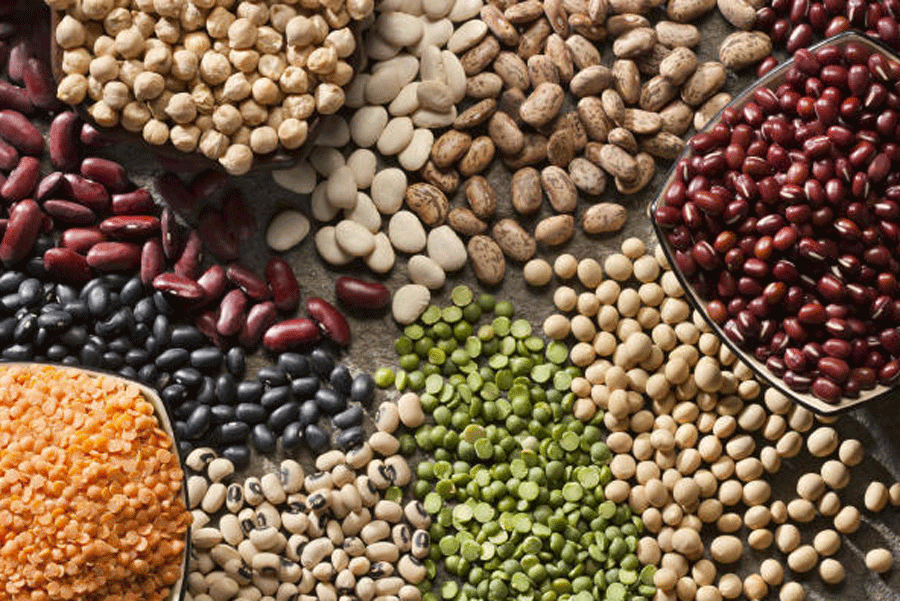Below-par monsoon in August has dragged down the sown area for pulses in the Kharif season by almost 10 per cent from a year ago, raising concerns about output and inflationary pressure due to it.
A 37 per cent surge in vegetable prices had fired up retail inflation to a 15-month high of 7.4 per cent in July, prices of pulses have also risen sharply in recent months, speeding to 13.27 per cent in July from 10.6 per cent in June. The retail inflation in the “pulses and products” category was 4.27 per cent in January 2023.
Prices of pulses like tur dal and moong dal, which surged 34.1 per cent and 9.1 per cent, respectively, in July, would likely spiral further, economists said, adding that this would add pressure on the government which is trying to fire-fight inflation pressures due to vegetables led by tomato and onion among others.
With sowing season about to end, pulses sowing has declined further and the impact of the same might be visible on inflation, economists said. “Acreage of pulses is now 9.2 per cent below last year’s levels, compared to -7.9 per cent in the previous week [August 11], on the back of lower sowing of both urad (-6.4 per cent) and tur (-15.3 per cent). With sowing season about to end, pulses sowing is expected to be largely lower,” said Jahnavi Prabhakar, an economist at Bank of Baroda, stressing that the impact of this drop may feed into inflation trends.
According to the latest data, at present pulses have been sown in 114.93 lakh hectare area as compared to 126.52 lakh hectare area last year. Urad sowing has come down to 30.19 lakh hectares as compared to a 35.42 lakh hectare area. The sowing of Arhar dal has decreased to 40.92 lakh hectares as compared to 43.72 lakh hectares area. Apart from this, there has also been a decrease in the area under moong. The area under Moong decreased to 30.39 lakh hectares, which was 33.07 lakh hectares last year.
Analysts said a reduction in the sowing area of pulses will affect the output due to which their prices are expected to increase in the market. “Prices for pulses, especially tur have risen by 18-20% since the beginning of this financial year. This, coupled with a sizeable downside in area sown for the Kharif crop, is already fuelling expectations of further price escalation in the coming months,” QuantEco Research economists said in a report.
The government initiated imports of tomatoes from Nepal this month to cool runaway domestic prices and imposed a 40% export levy on onions last Saturday.
In June, stock limits were imposed on importers, millers, and traders of tur dal, and the Consumer Affairs Ministry later announced plans to import 12 lakh tonnes of the dal this year, 35% over last year’s import tally. Urad dal imports from Myanmar and Mozambique are also planned. However, some reports have indicated that the African nation has imposed a minimum export price for the pulse to take advantage of the lower output.
The country’s tur consumption is estimated at around 45 lakh tonnes, while the domestic output last year was 34.3 lakh tonnes last year.










